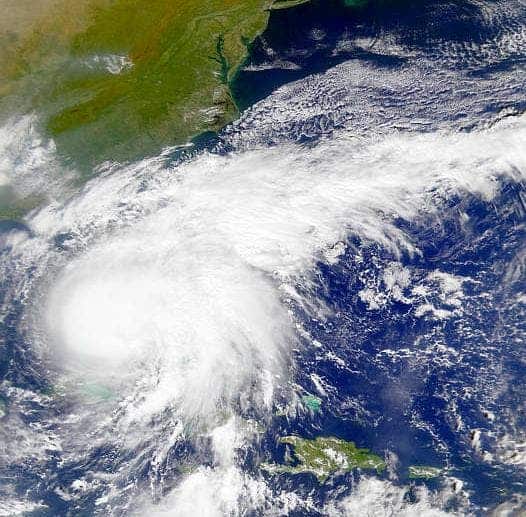Hurricane Irene is believed to be the 10th billion dollar disaster of 2011, which makes it a new record holder, taking down 2008, which only had 9 such disasters; and hey, we still have 4 months to go!
Hopefully, by now, people will start to understand the cost of man’s impact on the plaet ever since the industrial age. Practically, for every one degree rise in temperature, moisture rises by 7 percent, thus amplifying the risk factor for extreme weather conditions, such as hurricanes, for example.
Even though companies (insurance for example) who have followed up on the latest research, and even conducted their own research are starting to treat the rising number of disasters caused by global warming as a given, many people are still confused or even unaware about the impact of global warming. Even though scentists are often reluctant to speak out clearly, 2011 has shown us a strong body of evidence that global warming exists, and that it affects us all.
In Scientific American, John Carey explains it this way,
”Until recently scientists had only been able to say that more extreme weather is ‘consistent’ with climate change caused by greenhouse gases that humans are emitting into the atmosphere. Now, however, they can begin to say that the odds of having extreme weather have increased because of human-caused atmospheric changes—and that many individual events would not have happened in the same way without global warming.”
What made hurricane Irene so damaging was not its severity in particular, but rather its location. Landlocked Vermont is not a place where you would expect this kind of event, and it’s not the place where there should be this kind of event.
Storms, floods, tornadoes and heat waves – these are all corollaries of global warming, and if things continue to move in this recent trend, then things will get even worse; this is nature’s way of telling us we have to clean our mess, or at the very least, we have to stop making more mess. If this doesn’t change, then we can honestly say we did it to ourselves.










